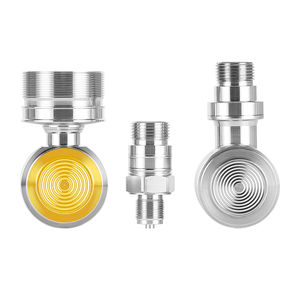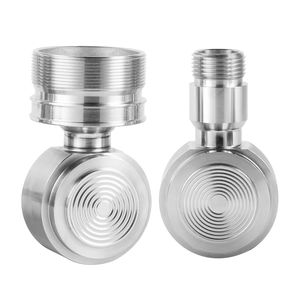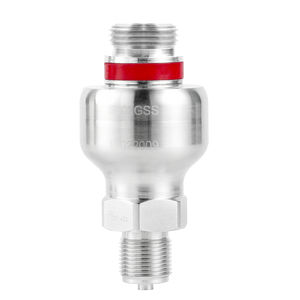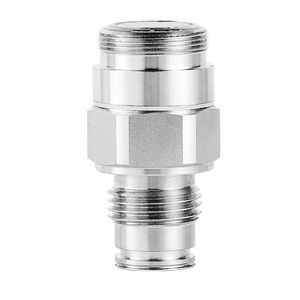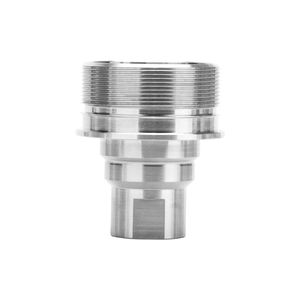
- Detection - Measurement
- Flow, Pressure and Level Measurements
- Absolute pressure sensor
- Shanghai LEEG Instruments Co.,Ltd.
Absolute pressure sensor SPH19Spiezoresistiveanalogstainless steel

Add to favorites
Compare this product
Characteristics
- Pressure type
- absolute
- Technology
- piezoresistive
- Output
- analog
- Material
- stainless steel
- Pressure range
Max.: 10,000,000 Pa
(1,450.38 psi)Min.: 0 Pa
(0 psi)- Process temperature
Max.: 125 °C
(257 °F)Min.: -40 °C
(-40 °F)
Description
SPH19S is the piezoresistive pressure sensor with isolated construction and precise compensation. It uses high stable monosilicon sensor die. Stainless steel 316L housing with diameter Ф19mm. Wider temperature compensation and zero correction are calibrated by laser trimming technics. The measured
pressure is transmitted onto silicon die through 316L diaphragm and inner sealed silicon oil, to transform the pressure to electric signal.The sensor die doesn't contact the measuring medium directly, which forms to isolated structure, suitable for various liquid medium.
Advantage
• High stability monosilicon sensor die.
• Voltage excitation.
• Isolated structure, suitable various fliud.
• All in 316L stainless steel.
• Hastelloy C, Tantalum diaphragm material optional.
Features
• Measuring range: 0~40 kPa...60MPa
• Power supply: 5-12VDC
• Electrical connection: φ0.5mm Kovar pin or flexible wire
• Bridge resistance: 6kΩ
• Respond time(10%-90% ): < 1ms
• Insulation resistance: 500MΩ/500VDC
Industry application
• Industrial process control
• Gas, liquid pressure measure
• Aviation and navigation inspection
• Refrigeration equipment and air conditioner
Catalogs
Exhibitions
Meet this supplier at the following exhibition(s):


Other Shanghai LEEG Instruments Co.,Ltd. products
Pressure sensor
Related Searches
- LEEG pressure transmitter
- LEEG level sensor
- LEEG liquid level sensor
- LEEG analog pressure transmitter
- Pressure switch
- LEEG pressure sensor
- LEEG membrane pressure transmitter
- LEEG relative pressure transmitter
- LEEG stainless steel pressure transmitter
- LEEG analog level sensor
- LEEG waterproof pressure transmitter
- Mechanical pressure switch
- LEEG level transmitter
- Digital output level sensor
- LEEG digital pressure transmitter
- LEEG liquid level transmitter
- Waterproof pressure switch
- LEEG absolute pressure transmitter
- LEEG gas pressure transmitter
- LEEG liquid pressure transmitter
*Prices are pre-tax. They exclude delivery charges and customs duties and do not include additional charges for installation or activation options. Prices are indicative only and may vary by country, with changes to the cost of raw materials and exchange rates.





